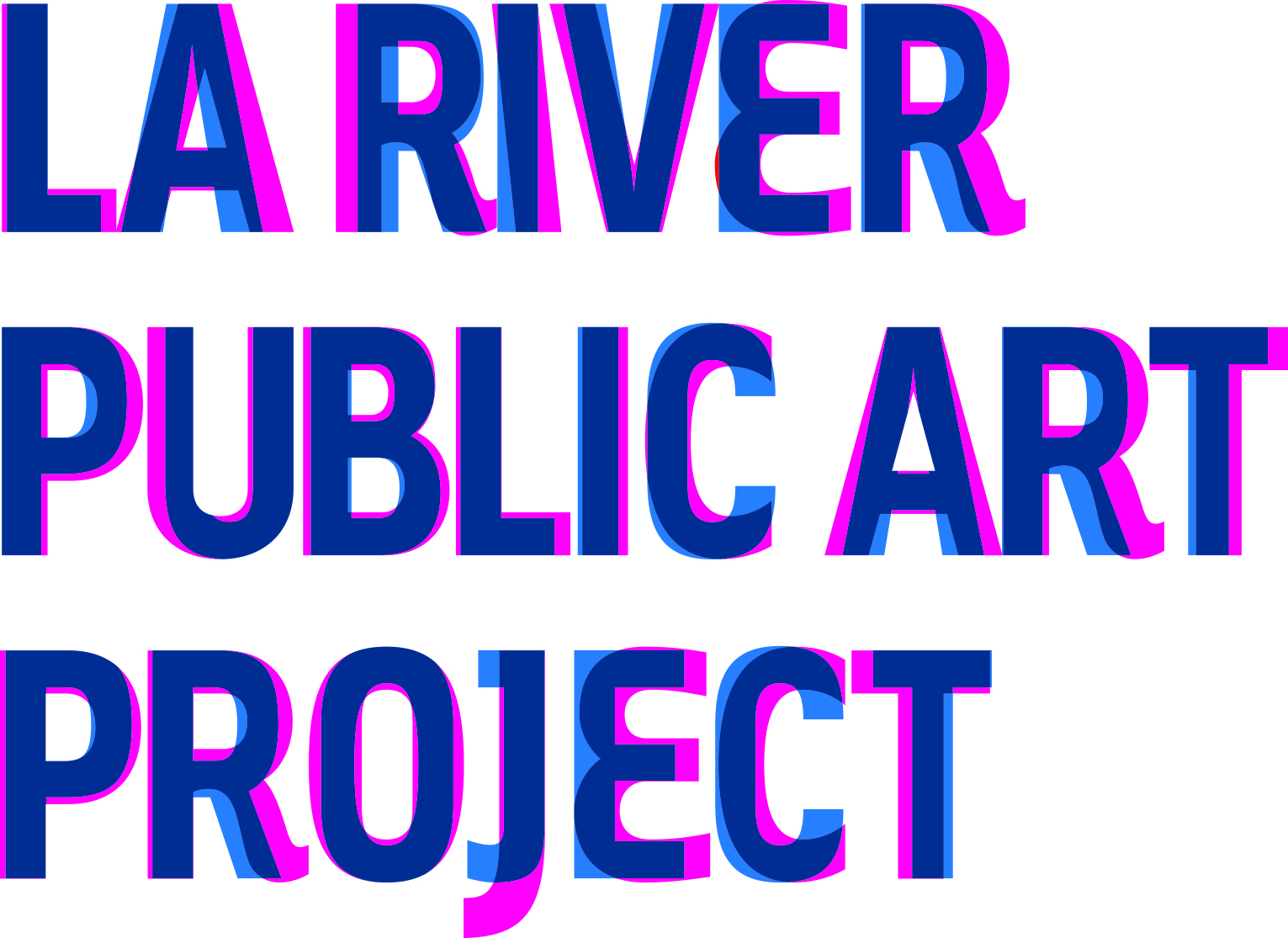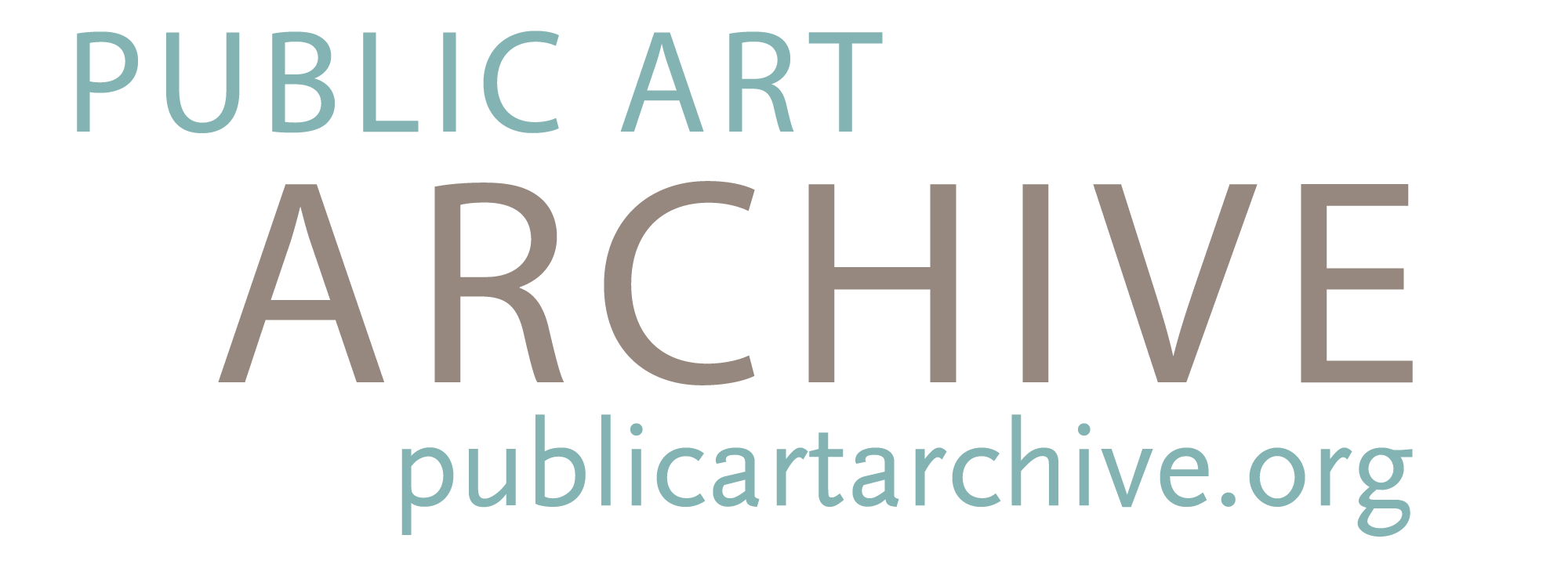Founded in 2014, LA River Public Art Project combines advocacy, public policy, and the arts to re-present the river we share. We believe that dynamic public art is the ideal platform for focusing public attention on the Los Angeles River. Together, we can right the environmental wrongs that have befallen the river and reclaim it for creative and community-led projects. Through planning, conversation, and art-driven engagement, we work to honor the founding communities of this historic landscape, use art to raise the voices of underserved communities, and support the vibrant neighborhoods the river flows through.

Philosophy
Mission
To transform Paayme Paxaayt/the Los Angeles River into a shared space intrinsically linked to public art.
Land Acknowledgment
We acknowledge Paayme Paxaayt (Pi-mé pa-height) the “West River” as a source of life for all of us residing on the traditional lands of the Tongva People, and the headwater of the river as it flows from the traditional lands of the Chumash People. We thank our indigenous brothers and sisters for their past, present, and future caretaking of the river and the land. May we work in community with each other and nature to heal ourselves and the air, lands, waters and extended family of living beings that sustain us.
Goals
LA River Public Art Project advocates for an arts and cultural infrastructure integral to the many revitalization projects along the river’s 51-mile corridor from Canoga Park to Long Beach. We believe that cultural projects are a dynamic way to share the river’s potential with a large public audience, and deepen community connections. Through art-based projects, LARPAP’s work has impacted the conversation on multiple levels. We have heightened the discussion about public space; tilted the conversation about the LA River toward community-driven social spaces; and demonstrated the confluence of nature, art, and play. Our efforts confirm the value of inclusionary art-based public projects, raise the visibility of artists and engage communities, and envision a robust river cultural environment.


